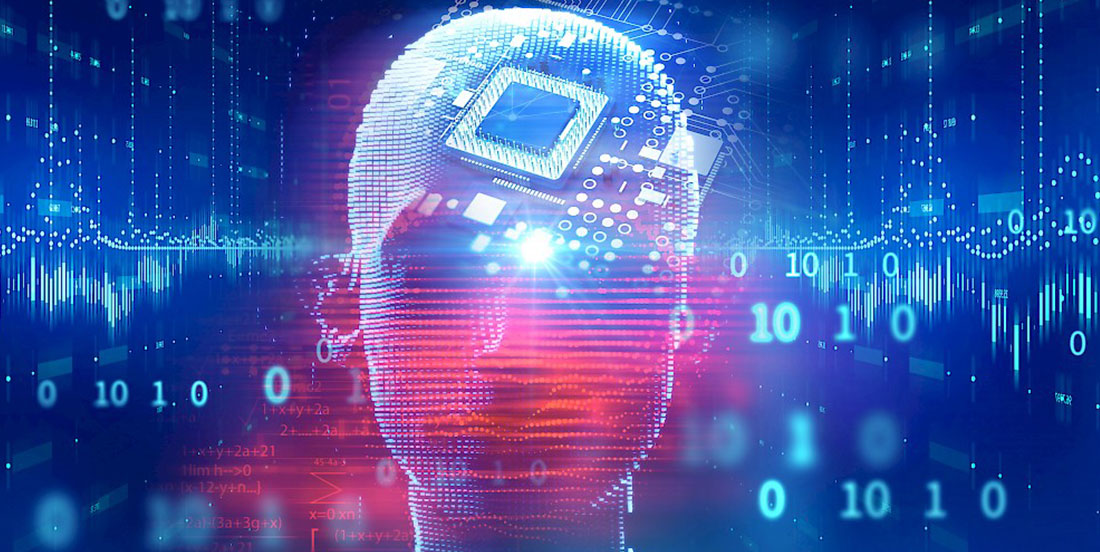Terrorist attacks and mass shootings have changed the threat landscape. In the old-world paradigm, planes were the target and metallic objects were the key concern. In the new-world paradigm, anything can be a target. Thus, the security response needs to shift from reactive to proactive. Artificial intelligence (AI) is the key to moving from a reactive to proactive security response. Three specific applications of AI in the physical security field enable organizations to prevent attacks, not just react to them.
The physical security threat landscape has changed. Adversaries are no longer exclusively targeting planes, government buildings, and military facilities. Instead, they have expanded their list of targets to include special events, schools, shopping centers, transportation hubs, and sporting venues. Despite this expanded threat, many of these locations have not updated their legacy security technologies or shifted the procedures that are in place.
Although the ability to detect metallic threats is still important, traditional walk-through metal detectors were not designed to operate in large, open environments. With the purpose of detecting metal, such technologies often alarm on common items such as keys that do not present a threat. They also were not designed to detect improvised explosive device (IED) and other non-metallic threats. The all-too-frequent nuisance alarms, coupled with labor requirements and throughput constraints often make legacy technology difficult, if not impossible, to use. This then perpetuates the availability of soft, unprotected targets. With millions of people vulnerable to attack, a proactive rather than reactive approach using modern solutions is needed to prevent such incidents. Artificial intelligence (AI) can be implemented into a proactive approach in various ways.
Combating Emerging Threats
AI can be found everywhere. From companies using the technology to improve customer experience to hospitals using it to determine the likelihood of a patient being readmitted, the possibilities and applications are endless. However, in physical security, as the threat landscape continues to shift, a more mature, widespread adoption of AI is needed. As applications begin to take form, it is important to explore how this groundbreaking technology can be used to prevent future attacks on soft targets. Three AI applications that can help organizations take a proactive security approach to prepare for future threats include machine learning, object recognition, and faceless recognition.
Machine learning (ML), an advanced form of AI that can be taught how to learn, can identify an object once characteristics are specified. Often referred to as environmental awareness, this capability has proved beneficial for monitoring specific areas. By training the computer to learn what a “normal” environment is, it can monitor for anomalies and alert security personnel when something out of the ordinary occurs. For example, users can teach the computer what is allowed to be in a specific area at a certain point in time. Should the environment change, the computer would automatically alert that something is abnormal.
With computers taking on the responsibility of monitoring environments, guards and analysts can focus on higher priority tasks such as quickly responding to an actual threat. In addition, the element of human error is significantly reduced, as guards can focus on resolving specific alarms, rather than visually monitoring multiple video feeds.
However, the introduction of new technology does come with increased false alarms. To help reduce false alarms, teams should customize the “normal” environment as much as possible while also clearly defining what “abnormal” factors warrant an alarm. The second application could be used to help avoid the system alerting unnecessarily.
2. Understanding What Qualifies as a Threat
In the same way ML can learn what is normal about an environment, it can also be taught to identify an object as something specific based on characteristics. This is referred to as “object recognition.” In the situation above, users can teach the computer to only alert when people – as opposed to other objects such as animals, shadows, and windblown trash – enter the scene. This eliminates the system reacting to everything that passes through its field of view. With the right sensors, when surveying a large crowd of people, guards can determine if a visitor’s bag might contain a threat object and then track that visitor or object. Should that person appear back on the screen without the bag, the computer can search the environment for the item, quickly sending security guards to that specific area and clearing the crowd.
In a security checkpoint scenario, this application eliminates the need for hand wanding or physical full-body pat downs as the technology itself would alert guards if someone is carrying an item of interest. Guards could then focus on a subset of people as opposed to screening thousands of visitors or travelers. This would also improve the visitor experience for all involved. Given current security systems are designed for specific environments, this capability allows security directors and teams to screen for a broader range of threats in a variety of environments, including stadiums, parking lots, and bus terminals.
3. Tracking Objects in Video Without Facial Recognition Capabilities
One application that is expected to gain traction is faceless recognition – also referred to as “object re-identification” – which is used to track an individual through multiple fields of view from different cameras. With law enforcement teams often working from blurred and obscured images when identifying a suspect, this emerging capability is extremely promising despite its current limitations.
The ability to maintain awareness and track someone or something by its shape, clothing, or gait offers a powerful and potentially game-changing opportunity for security operations and attack prevention. Imagine the ability for law enforcement to employ AI on closed-circuit television feeds to track a known threat and detain suspects before they conduct an attack. Even more exciting is the potential synergies achieved by combining face and faceless recognition in tandem to optimize performance.
Researchers continue to make progress with this application, demonstrating that algorithms can be trained to identify people by matching previously observed patterns and mannerisms. However, performance improvements in faceless detection are still needed as false match rates continue to run high.
AI + Human Intelligence = A Worthy Opponent to Adversaries
From improving response rates to enabling pop-up security checkpoints, AI’s adoption is making it possible for organizations to prevent attacks. However, it is important not to lose sight of the important role that humans play. AI has the power to analyze data quickly and identify patterns, but it cannot necessarily determine if these patterns are relevant. This requires insight and intuitive thinking, which is where the human brain performs best. It is the combined power of AI and human intelligence that will enable emergency planners and security personnel to combat today’s new threat landscape.

Michael Ellenbogen
Michael Ellenbogen is the CEO and co-founder of Evolv Technology. Prior to Evolv Technology, he co-founded Reveal Imaging and successfully led the company to achieve double-digit growth in both revenue and profitability since its inception. Through more than 20 years of contributions, he has reshaped the explosives detection industry. Reveal Imaging was acquired by Science Applications International Corporation (SAIC) in August 2010. Prior to Reveal, he was vice president of product and business development for PerkinElmer Detection Systems, overseeing the research and development, engineering, and marketing efforts. As director of marketing for Vivid Technologies Inc., he was instrumental in the transition following Vivid's acquisition by PerkinElmer. At both companies, he was responsible for market research, definition, and development of new products and product enhancements.
- This author does not have any more posts.






